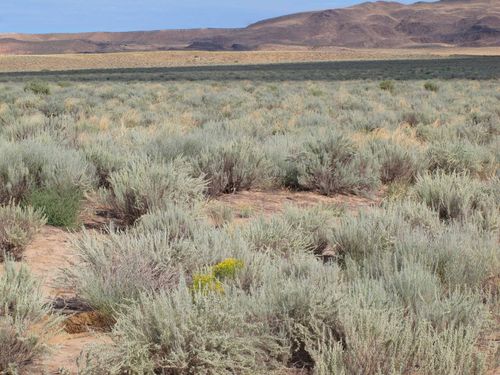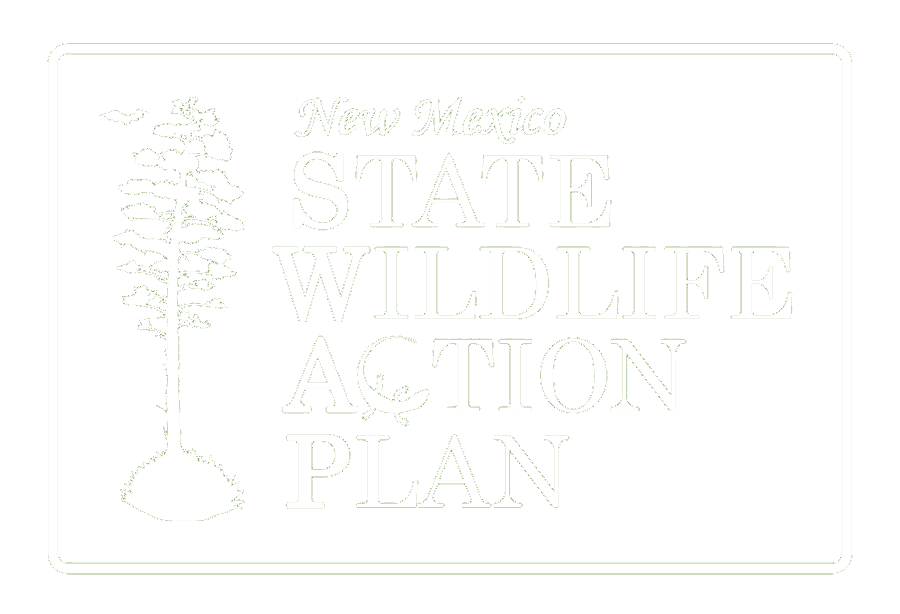
SWAP Habitat
Intermountain Dwarf Sagebrush Shrubland
NVC Name
Great Basin & Intermountain Dwarf Sagebrush Shrubland & Steppe (M170)
SWAP General Vegetation Type
DESERT GRASSLAND and SCRUB
Intermountain Dwarf Sagebrush Shrubland [M170] occurs from 1,500-2,450 m (4,920-8,035 ft) elevation in the Colorado Plateaus and Southern Rocky Mountains ecoregions and is characterized by an open to moderately dense shrub or dwarf-shrub layer with a sparse to moderately dense herbaceous layer. In New Mexico, black sagebrush (Artemisia nova) is the characteristic sage along with other shrub associates such as Torrey’s jointfir, Mormon tea, and antelope bitterbrush (Purshia tridentata). The herbaceous layer is often sparse but, on occasion, a moderate to dense cover of perennial grasses can be present that may include Indian ricegrass, blue grama, Idaho fescue, needle and thread, western wheatgrass, James’ galleta, and muttongrass.
Some sites have significant biological crust formation on the soil surface. Sites generally are xeric and may be wind-blown ridges and benches, gravelly alluvial fans, hilltops, canyons, gravelly draws, and dry flats. Substrates are variable, but are typically alluvium derived from limestone, shale, basalt, rhyolite, or volcanics.
